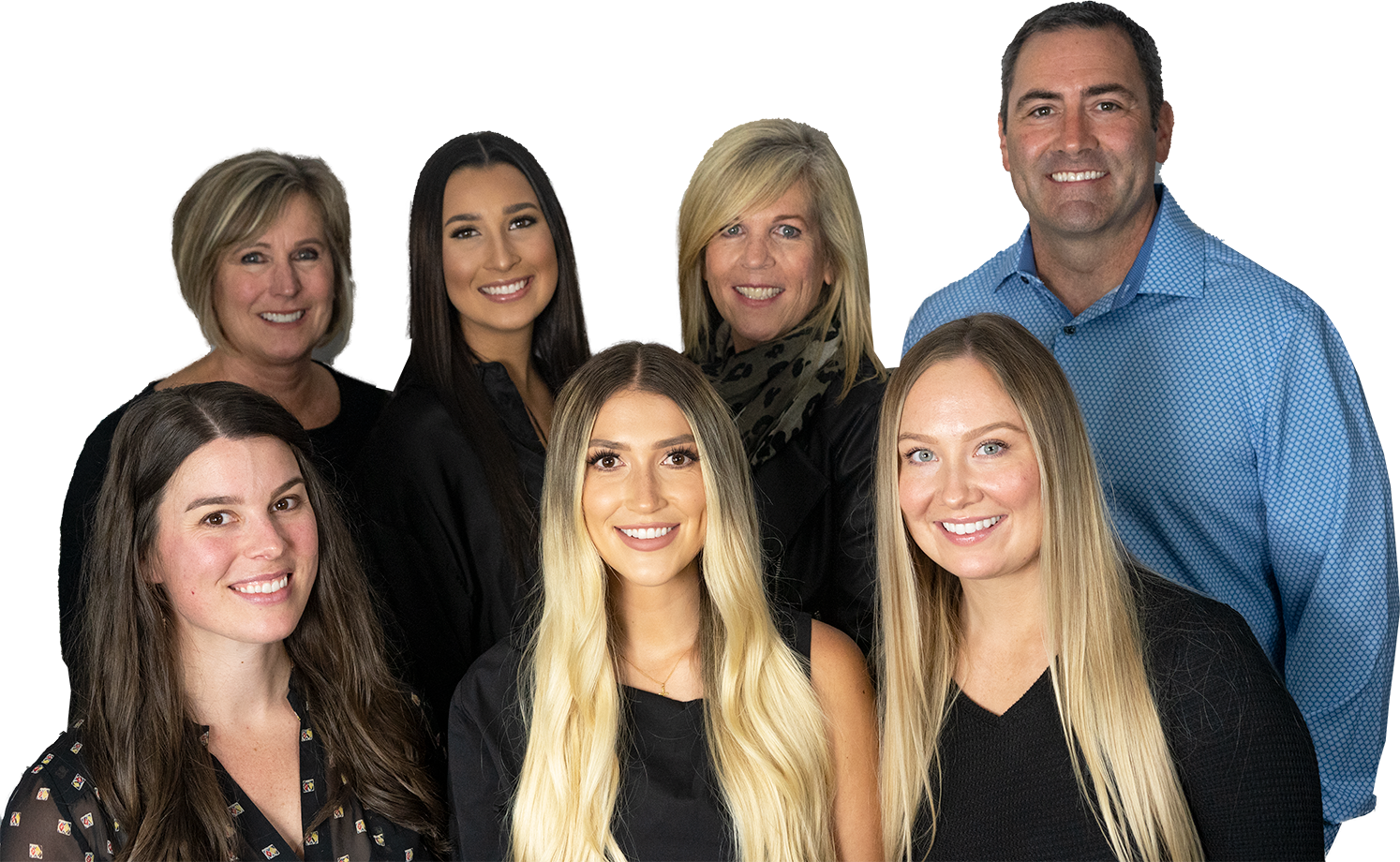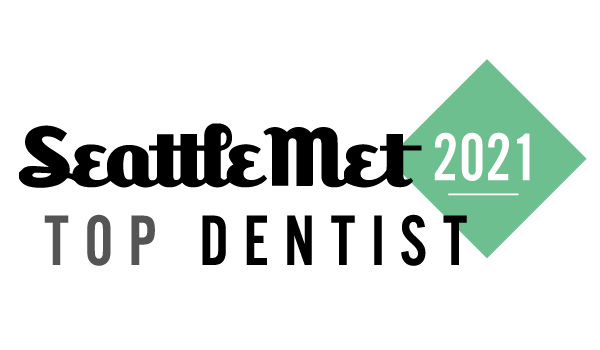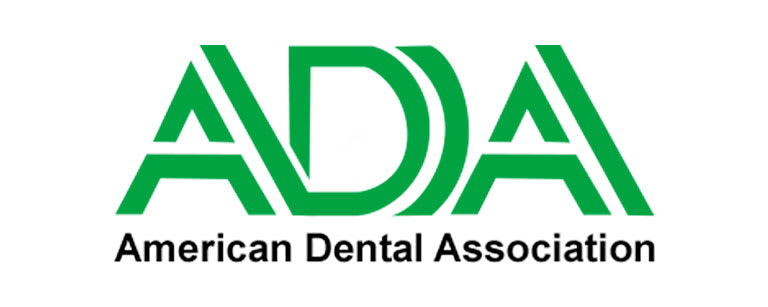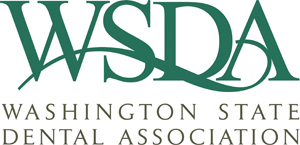








A healthy and vibrant smile is a reflection of overall well-being, and at Westford Family Dental in Everett, WA, we are dedicated to providing comprehensive and...
When it comes to maintaining excellent oral health for you and your family, finding the right dental practice is crucial. In Everett, WA, there is one cli...
When it comes to oral health, the importance of finding a reliable, professional, and compassionate dental care provider cannot be overstated. In Everett,...
Finding the perfect dental practice can be a daunting task. You want a team that not only provides exceptional care but also makes you feel comfortable an...
Hey folks! Dr. Westford from Westford Family Dental here in Everett, WA.Regular dental checkups and cleanings are an essential part of maintaining good or...
Hey folks! Dr. Westford from Westford Family Dental here.Spring is a season of new beginnings and fresh starts. As you prepare to welcome the warmer weath...
Hey folks! Dr. Scott Westford here. I'm a dentist from Everett, WA.Dental health is an important part of overall health, and it starts with good habits. A...
Are you looking for a great dentist office in Everett, WA? If so, look no further than Westford Family Dental. Westford Family Dental has been providing t...
Finding a quality dental care provider can be a daunting undertaking. With so many dentists available, it can be difficult to know where to start. You wan...
The sooner the better. A baby’s gums should be cleaned with a soft cloth and water. By the time the first tooth comes in, you can start brushing the teeth and gums with a soft toothbrush twice a day.
Most babies start to get their lower central incisors between 5 and 7 months of age, but the range varies widely. Most children have their full primary dentition (20 teeth) by 36 months.
Children should not be put to bed with or fall asleep with a bottle containing anything other than water. Bottle feeding just before bed can cause a tremendous increase in the risk of tooth decay. Always make sure that the milk or formula has been cleaned from their teeth before falling asleep. Feeding with a bottle should be ceased by 12–14 months of age to lower the risk of decay. Drinking juice or any sweetened drinks from a bottle should be avoided.
At first, cleaning the teeth can be done without toothpaste or with a non–fluoridated, infant/toddler toothpaste. Once your child has the ability to spit (usually age 2–3), you can start using a fluoridated toothpaste twice a day. All you need is half a pea-sized amount.
Gently massaging the gums of a teething baby can be soothing for some. Many children like the feel of a chilled teething ring or a cold, wet washcloth.
Babies are not born with decay–causing bacteria. They get it from their parent’s mouths. So being meticulous about your own oral hygiene can reduce the bacteria that you are exposing your child to.
Please see the Eruption of Primary Teeth Chart below (click to enlarge):
There are many reasons primary or “baby” teeth are important for your child. They allow children to chew properly, speak clearly, and they also help to form a path for the permanent teeth to follow when it is time for them to erupt.
Please see the Eruption of Permanent Teeth Chart below (click to enlarge):
Most children do not have the manual dexterity to brush every surface of every tooth in their mouth until about 7–8 years of age. A good rule of thumb: when they can tie their shoes completely on their own they may have developed the necessary dexterity.
Many children have gaps between their teeth when they first erupt. The back teeth get closer together over time. Daily flossing (with a parent’s help) should begin as soon as the first teeth come in contact with each other. In some children, the first two teeth are already in contact.
Your saliva helps to protect your teeth by decreasing the acidity in your mouth (raising the pH) which lowers the rate of decay. At night, your saliva production almost completely ceases, so it’s very important that there is no plaque on the teeth while you sleep.
Thumb sucking is perfectly normal for infants and most stop the habit on their own by age 2. Most children also stop using the pacifier on their own. If your child does not stop thumb or finger sucking or the use of a pacifier on their own, discourage the habit after age 4. Prolonged thumb or finger sucking or pacifier use can create crowded, crooked teeth and bite problems. Your pediatric dentist can help you with advice and techniques to help stop the habit.
The American Academy of Pediatric Dentistry recommends that every child have their first dental visit by their first birthday or within 6 months of the eruption of the first tooth. This allows the dentist to monitor the development of the oral tissues and gives the parents a resource for information about their child’s oral care.
Pediatric dentists are the pediatricians of dentistry. The pediatric dentist has been through 2–3 additional years of rigorous specialized training after dental school focusing on the unique needs of children from infancy through adolescence. This also includes training in the care of children with special needs.
That depends on the child’s age and development. The pediatric dentist will usually examine children under 3 with the child in their parent’s lap, knee–to–knee with the dentist. We like to carefully introduce new things like the dental chair, prophy brush, and suction equipment to each child in a fun way when they are at an age to enjoy it.
With the newest developments in ultra high-speed film and advances in x–ray technology, dental x–rays are very low-dose systems. Digital x–ray systems (like the one we use) are much more sensitive than film systems, so x–ray exposure is cut even further by as much as 80–90 percent.
Dental x–rays are one of the most useful tools dentists use in helping patients maintain their oral health. They help dentists diagnose common problems such as cavities, periodontal disease and infections, as well as less common conditions like abscesses, tumors and cysts. X–rays can also allow the dentist to see whether a child’s permanent teeth are erupting properly with the correct spacing as well as check for any missing or extra teeth which may be developing in the jaws. Children generally need x–rays more often than adults because their mouths are growing and changing rapidly and they are more susceptible to tooth decay than adults.
Sealants are a protective coating placed over the pits and grooves on the chewing surfaces of molars and premolars. They are made of a plastic material and act as a barrier to food and bacteria that can cause decay in these pits and grooves. If your child has good oral hygiene and avoids chewing on hard objects, sealants can last for years, protecting their back teeth during the most cavity–prone years.
Nitrous oxide/oxygen is very safe. The effects are mild, it is easy to take, and it is not addictive. It is also quickly eliminated from the body. While breathing nitrous oxide/oxygen, your child remains fully conscious and keeps all their natural reflexes. We do ask that you give your child little or no food before their dental appointment if nitrous oxide/oxygen will be used. Nausea or vomiting may occur if nitrous oxide/oxygen is administered on a full stomach.
Find the tooth. Only rinse the tooth if it has dirt on it… do not scrub the tooth or clean it with anything other than water. If possible, holding the tooth by the crown, replace the tooth into the socket and hold it there with gauze or a clean wash cloth. If you cannot put the tooth back into the socket, place it into a clean container with either milk, or the child’s saliva. Get to the pediatric dentist’s office quickly (or call if it is after hours). Your chances of saving the tooth increase the faster you act.
Contact the dentist. They will be able to help you determine the next course of action. If you can find the broken tooth fragment, the dentist may want you to bring it in with you.
Go to the emergency room immediately. A blow to the head can be life–threatening.
Call your pediatric dentist and visit the office promptly. To comfort your child, rinse the mouth with water and apply a cold compress. Analgesics can also help. Your child’s dentist will be able to explain the next course of action.